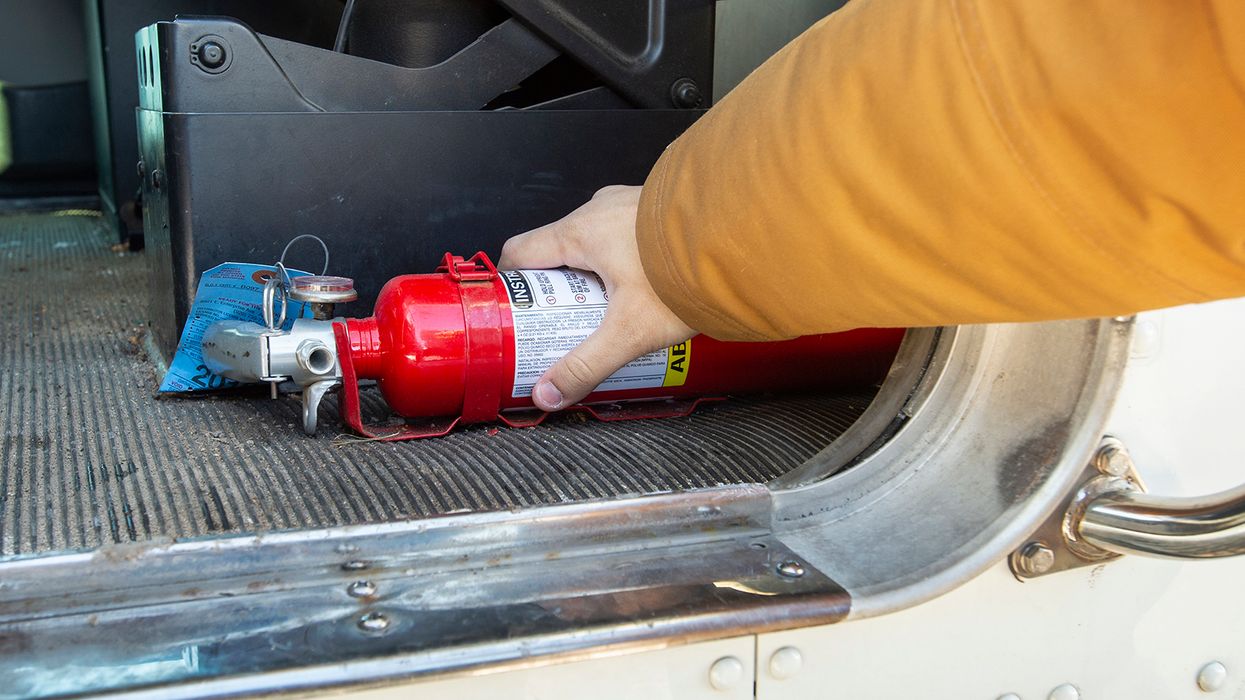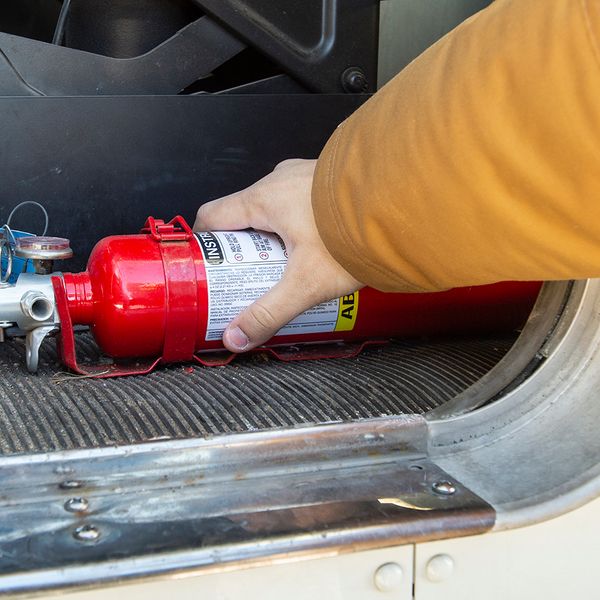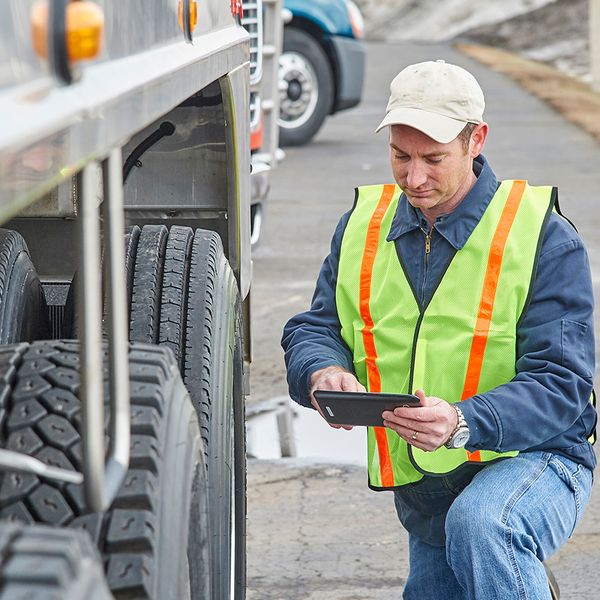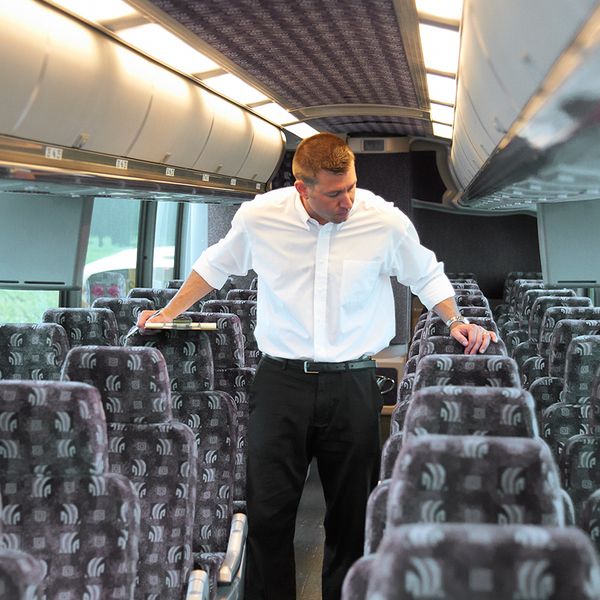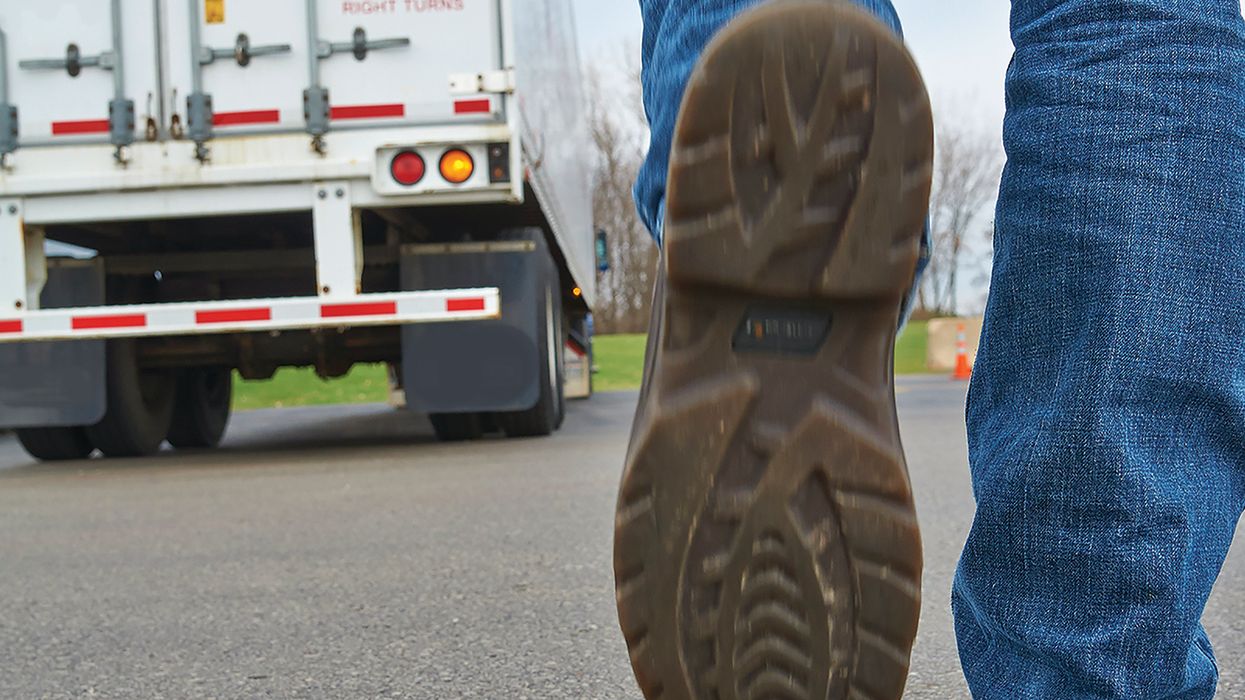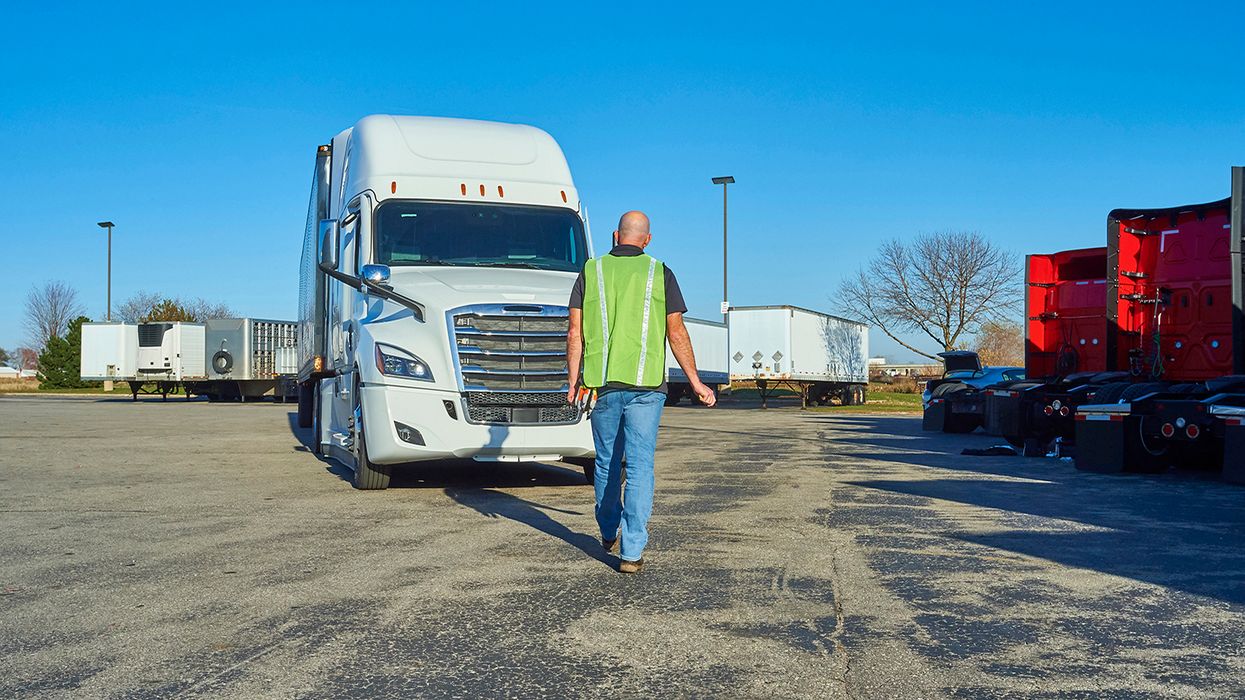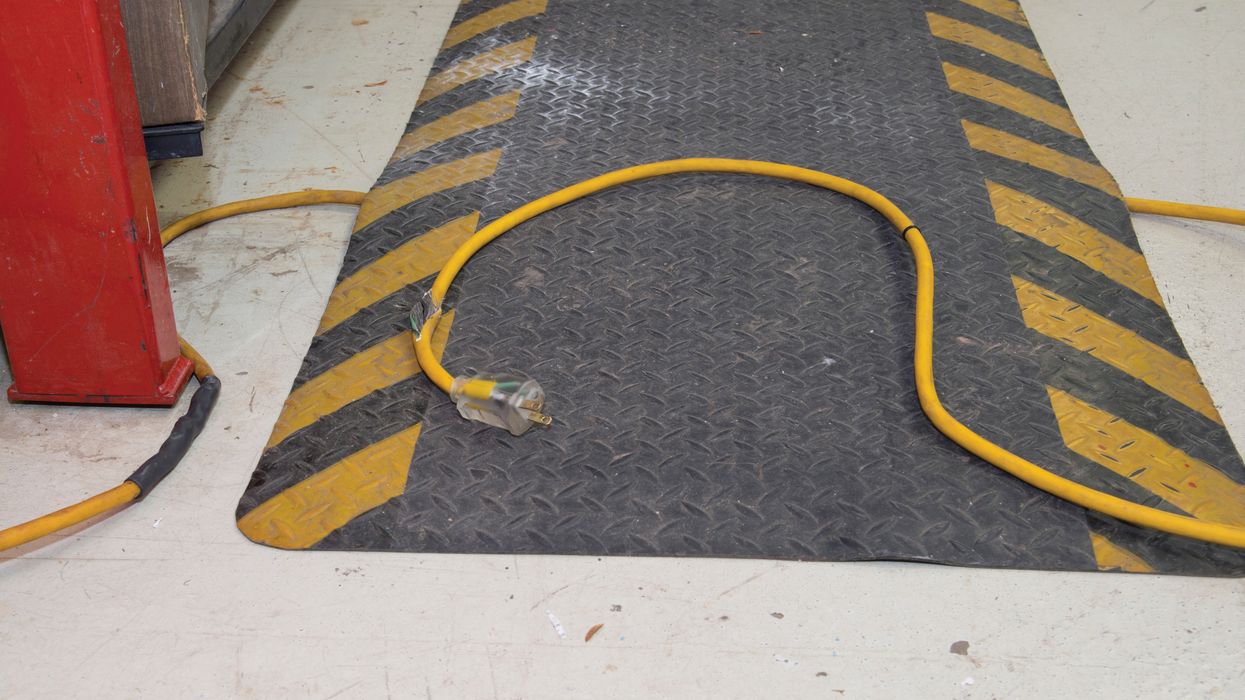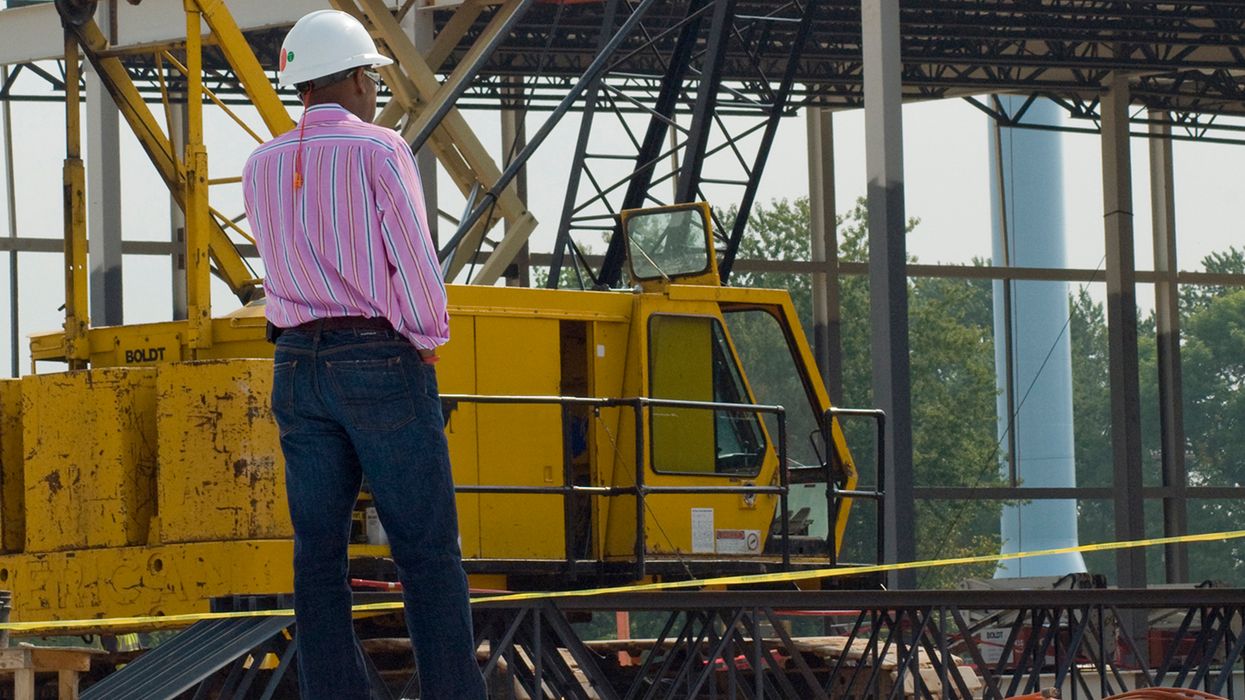The safety trifecta: 3 essential items for every CMV
Thousands of commercial truck and bus drivers are cited each year for failing to carry essential emergency equipment, leaving them and the traveling public at risk.
Federal regulations require all commercial motor vehicle (CMV) drivers to carry three pieces of equipment that can be critical in an emergency. Review the following to ensure your drivers have what it takes to properly respond in an emergency situation. These items must be checked during each day’s pre- and post-trip inspection and replaced when necessary.
1. Fire extinguisher
Every power unit must have at least one properly maintained fire extinguisher. An extinguisher can be critical for controlling a small fire while emergency services are en route. To comply with DOT regulations, the extinguisher must:
- Have the proper rating. The weight of the extinguisher is not as important as the Underwriters’ Laboratories (UL) rating. If the vehicle is not transporting hazardous materials in an amount requiring placarding, the extinguisher must be rated at 5 B:C or more, or there can be two extinguishers rated at 4 B:C or more. For placarded loads, there must be at least one extinguisher rated at 10 B:C or more.
- Be properly marked. Each extinguisher must be labeled or marked by the manufacturer with its UL rating.
- Have a charge indicator showing “full.” Each extinguisher must have a visual indicator of whether it’s fully charged, and must be full enough to be useful for a fire.
- Be properly mounted. Extinguishers must be securely mounted so they cannot slide, roll, or bounce (vertically).
- Be readily available. The fire extinguisher must be located in a spot that is readily accessible for use. If inside a cabinet, the driver must be able to access it rapidly.
Though not required by the DOT, an annual inspection by qualified personnel is highly recommended. Replace extinguishers once they have reached the manufacturer’s recommended lifespan. In addition, train drivers on when and how to properly use an extinguisher.
2. Reflective triangles or flares
Every CMV must be equipped with devices that can be placed around the vehicle when stopped on the roadway or shoulder, such as due to a crash or disablement, to warn other motorists to steer clear. Ensure that drivers carry at least:
- Three DOT-compliant reflective triangles,
- Six solid-fuel flares (also known as fusees), or
- Three liquid-burning flares.
These devices must be placed within 10 minutes of a stop, and in the locations specified in 49 CFR 392.22.
Make sure drivers know how to inspect and condition these devices, where to place them, and when they need to be replaced.
Are LED lights an option instead? The Federal Motor Carrier Safety Administration (FMCSA) currently allows one specific brand of LED-based flare: “Pi-Lit” flares from Pi Variables. This is based on a temporary exemption currently in place until June 2028, as published in the Federal Register on June 22, 2023. No other LED-based warning devices may be used in place of the required triangles or flares at this time.
3. Spare fuses
Fuses play a critical role in safeguarding a vehicle’s electrical system from overloads or short circuits. To ensure that FMCSA-required electrical equipment remains operational, drivers must carry at least one spare fuse for each type or size of fuse needed for that equipment.
In other words, if any component on a power unit relies on a fuse to operate and that component is required by the FMCSA (such as lights required under 393.11), then the driver must carry at least one spare fuse of the same type. If the fuse blows and the component stops working, then the driver is expected to replace the fuse before driving further.
Don’t add to the statistics
Violations of the emergency-equipment rules in 49 CFR 393.95 rank high on the list of common roadside violations (see below). Failing to carry any of the required items — or allowing CMV operations with them — can carry a hefty fine. More important, however, are the potential consequences of having an en-route emergency without having the required equipment. Those consequences include unnecessary downtime, equipment destruction by fire, or even injuries or fatalities.
| Rule | Description | Violations |
| 393.95(a) | Discharged, unsecured, improperly rated, or missing fire extinguisher | 101,514 |
| 393.95(f) | Missing or improper warning devices | 61,856 |
| 393.95(a)(4) | Unsecured fire extinguisher | 21,725 |
| 393.95(b) | Missing spare fuse(s) | 8,898 |
| 393.95(a)(4) | Fire extinguisher not readily accessible | 3,043 |
| 393.95(a)(3) | No visual indicator on fire extinguisher | 1,419 |
| 393.95(a)(1) | Wrong type of fire extinguisher for hazardous materials | 504 |
| 393.95(a)(2) | No label or marking on fire extinguisher | 147 |
Key to remember: All CMVs must be equipped with three key pieces of emergency equipment: fire extinguishers, triangles or flares, and spare fuses. Make sure they are in place and ready for use at all times.

